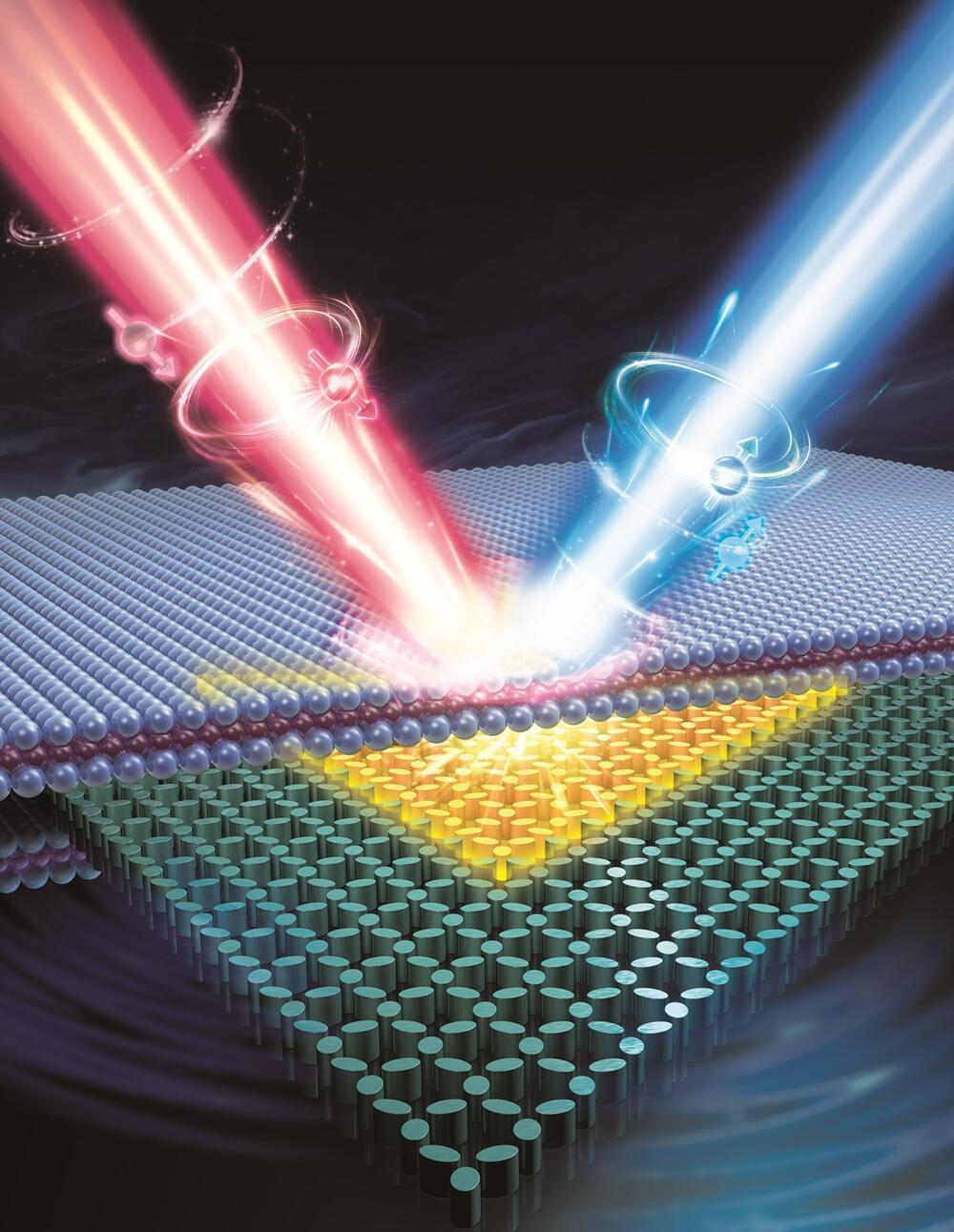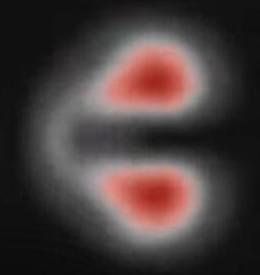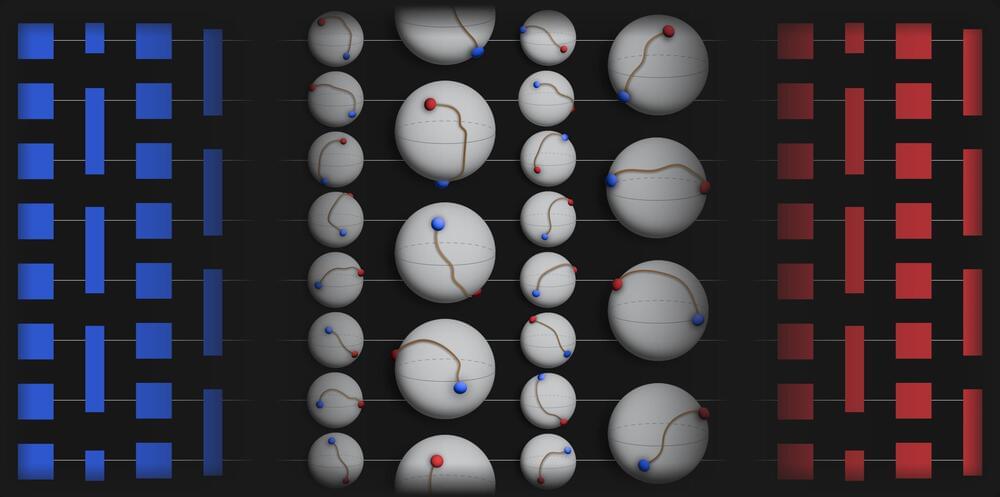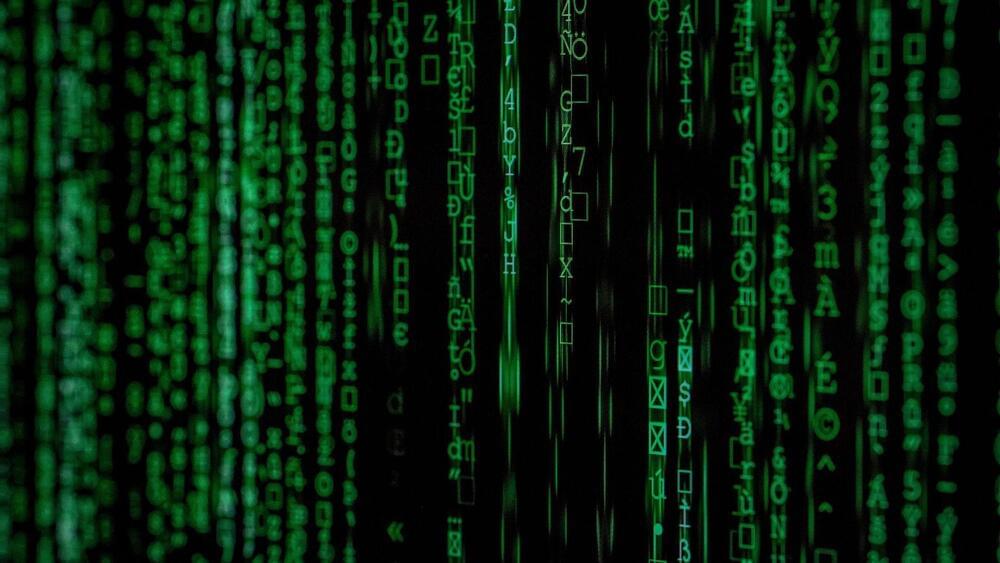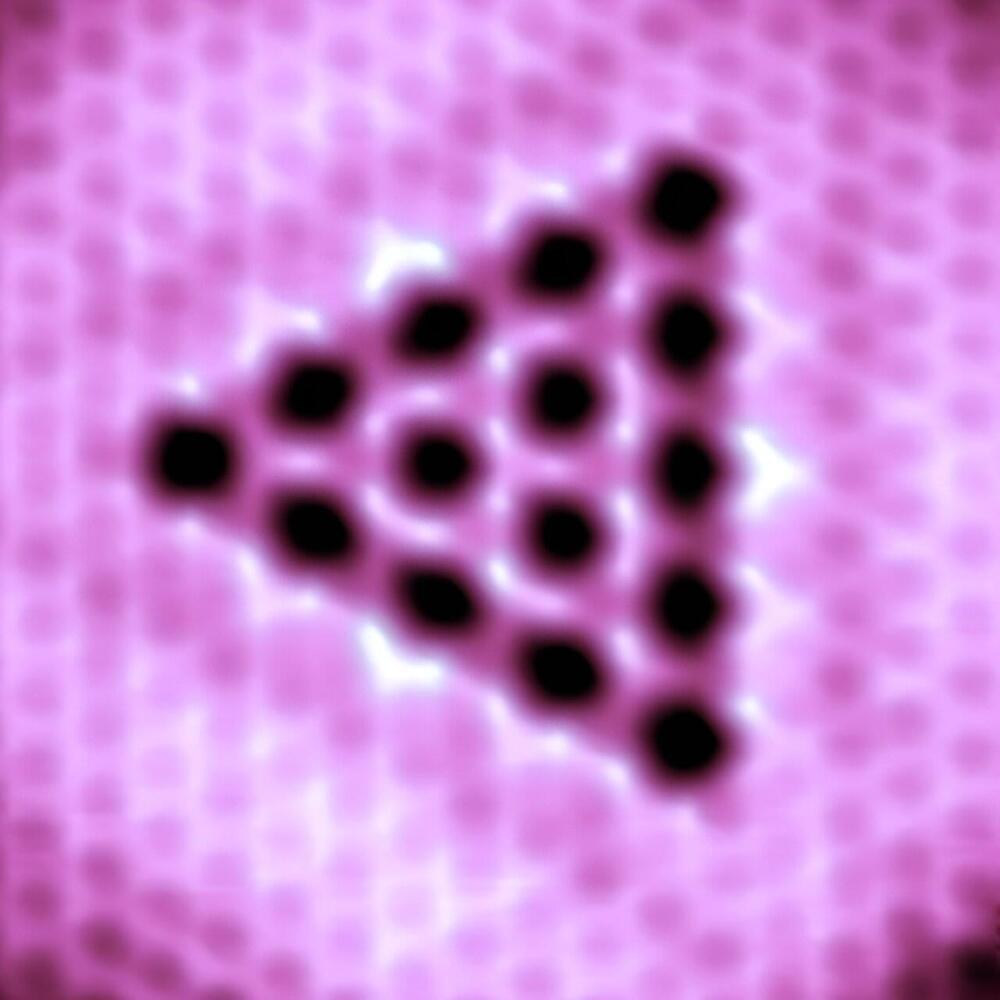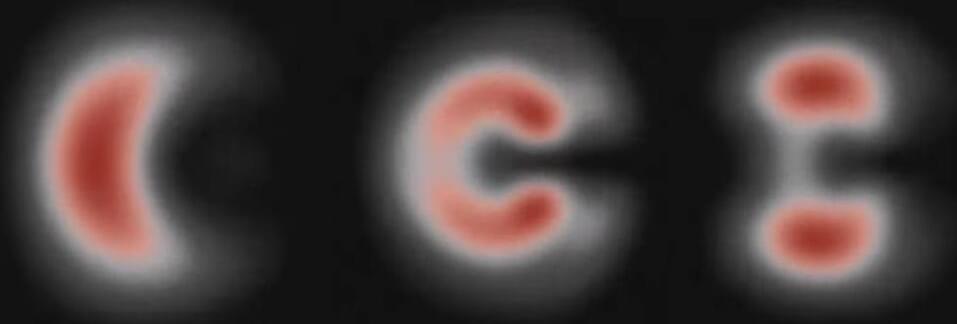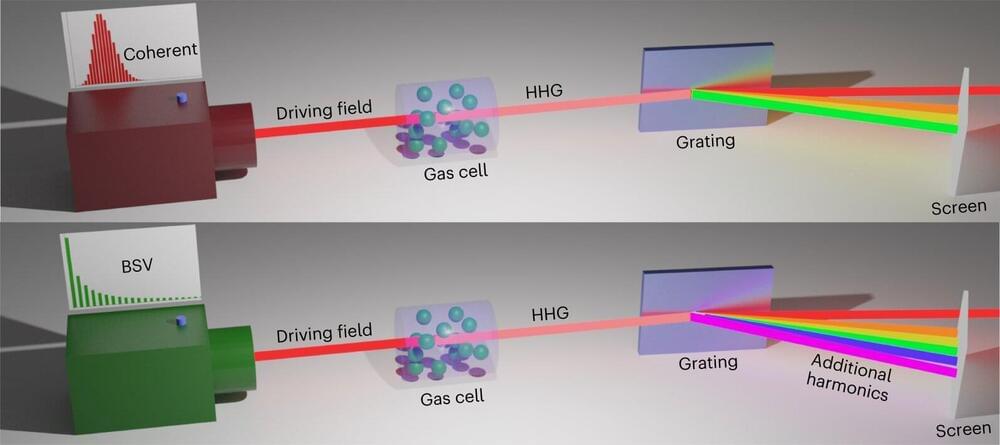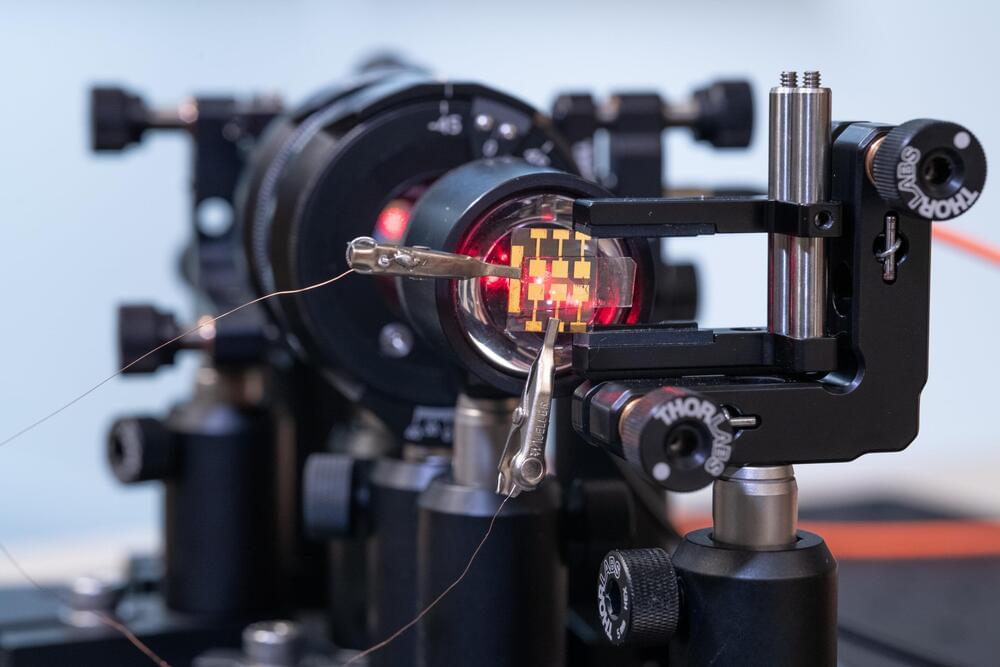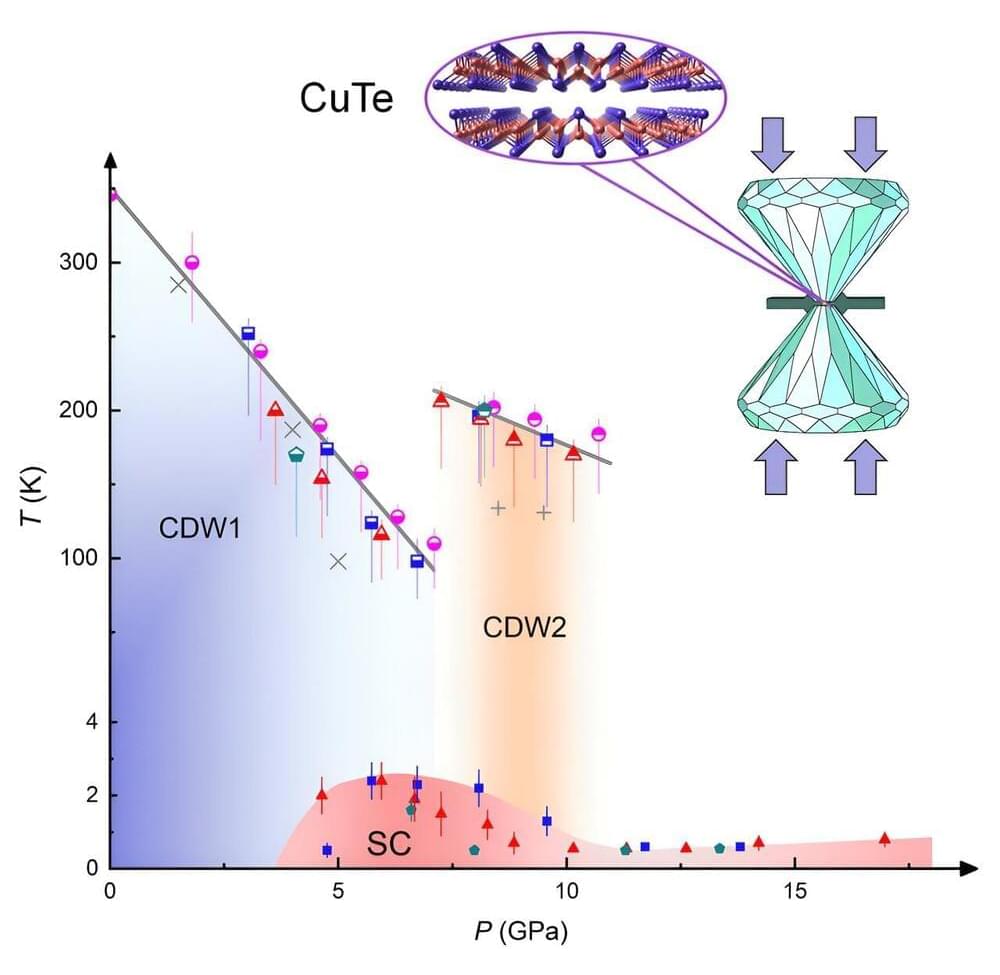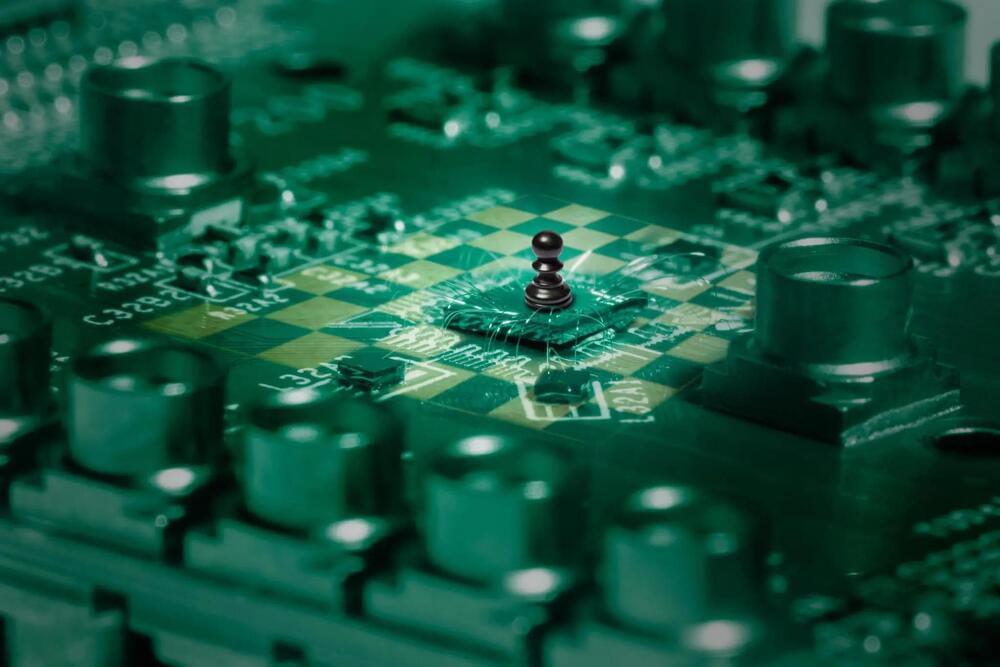Sep 6, 2023
Atomic-scale spin-optical laser: New horizon for optoelectronic devices
Posted by Saúl Morales Rodriguéz in category: quantum physics
Researchers at the Technion—Israel Institute of Technology have developed a coherent and controllable spin-optical laser based on a single atomic layer. This discovery is enabled by coherent spin-dependent interactions between a single atomic layer and a laterally confined photonic spin lattice, the latter of which supports high-Q spin-valley states through the photonic Rashba-type spin splitting of a bound state in the continuum.
Published in Nature Materials and also featured in the journal’s Research Briefing, the achievement paves the way to study coherent spin-dependent phenomena in both classical and quantum regimes, opening new horizons in fundamental research and optoelectronic devices exploiting both electron and photon spins.
Can we lift the spin degeneracy of light sources in the absence of magnetic fields at room temperature? According to Dr. Rong, “Spin-optical light sources combine photonic modes and electronic transitions and therefore provide a way to study the exchange of spin information between electrons and photons and to develop advanced optoelectronic devices.”
